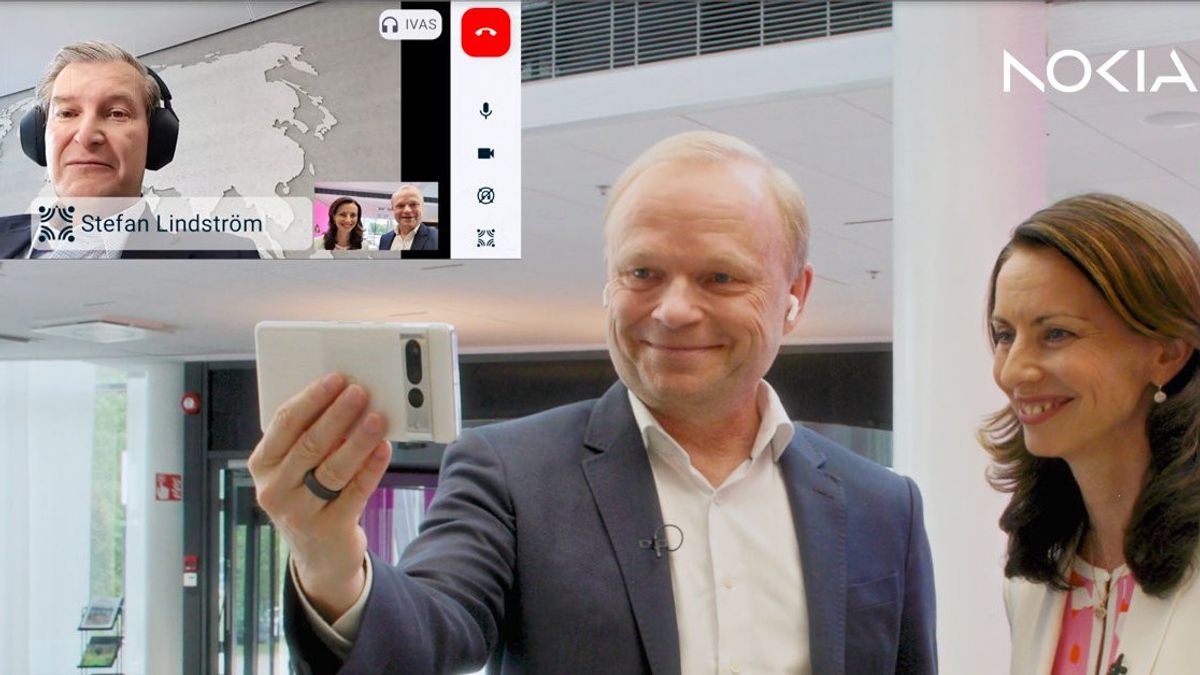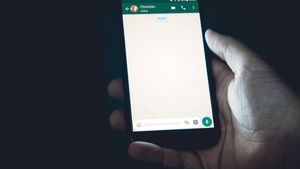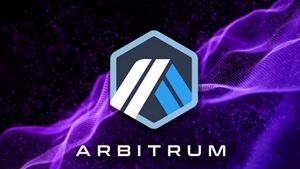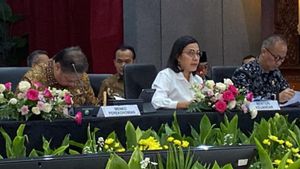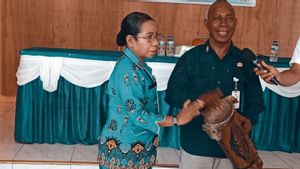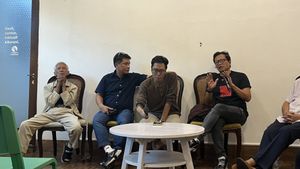JAKARTA - Nokia introduced a new technology called "audio and immersive video" that improves the quality of calls with three-dimensional sound which, makes interactions more real, the company said on Monday, June 10.
"We have demonstrated the future of voice calls," said Nokia CEO Pekka Lundmark, who was also present in the room when the first 2G call was made in 1991.
The current smartphone call is a monophonic that compresses the audio element into one so that the sound sounds flat and less detailed. However, this new technology will present 3D audio where the caller will hear everything as if they were there with other people.
"This is the biggest jump in the experience of direct voice calls since the introduction of monophonic phone audio used on smartphones and PCs today," said Jenni Lukander, President of Nokia Technologies.
The call was made with Stefan Lindstr\"om, Ambassador for Digitization and New Technology Finland.
"This is currently being standardized... so network providers, chipset manufacturers, and handset manufacturers can start implementing it in their products," Lukander said in an interview.
Nokia made the call using an ordinary smartphone via a public 5G network.
SEE ALSO:
According to Jyri Huopaniemi, head of audio research at Nokia Technologies, in addition to immersive calls between individuals, this technology can be used in conference calls where participants' voices can be separated based on their spatial location.
Most smartphones today have at least two microphones that can be used to implement this technology by transmitting the spatial characteristics of calls in real-time, executives say.
This technology is part of the upcoming 5G Advanced standard and Nokia aims to get licensing opportunities with this technology which is likely to take several years to become widely available.
The English, Chinese, Japanese, Arabic, and French versions are automatically generated by the AI. So there may still be inaccuracies in translating, please always see Indonesian as our main language. (system supported by DigitalSiber.id)
